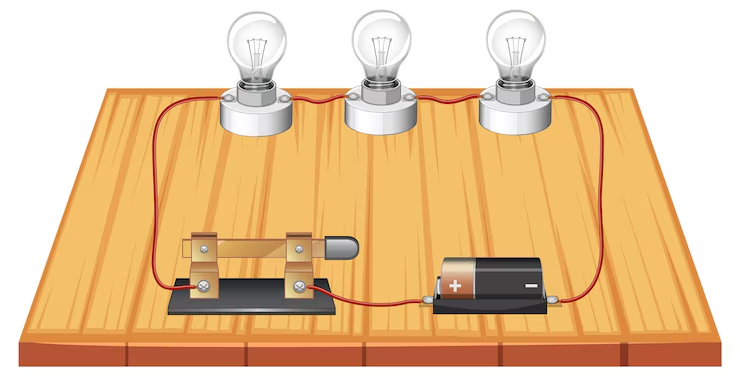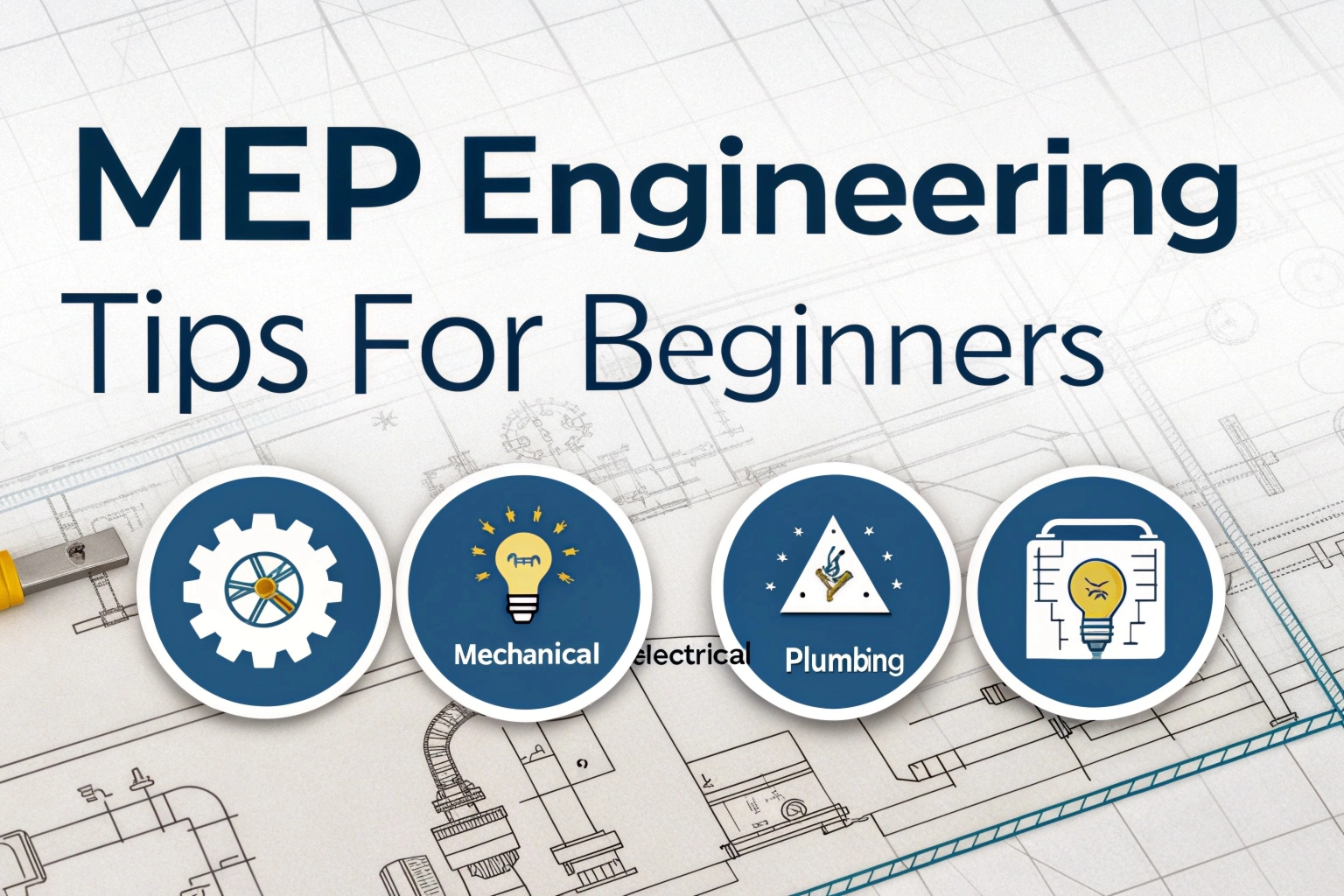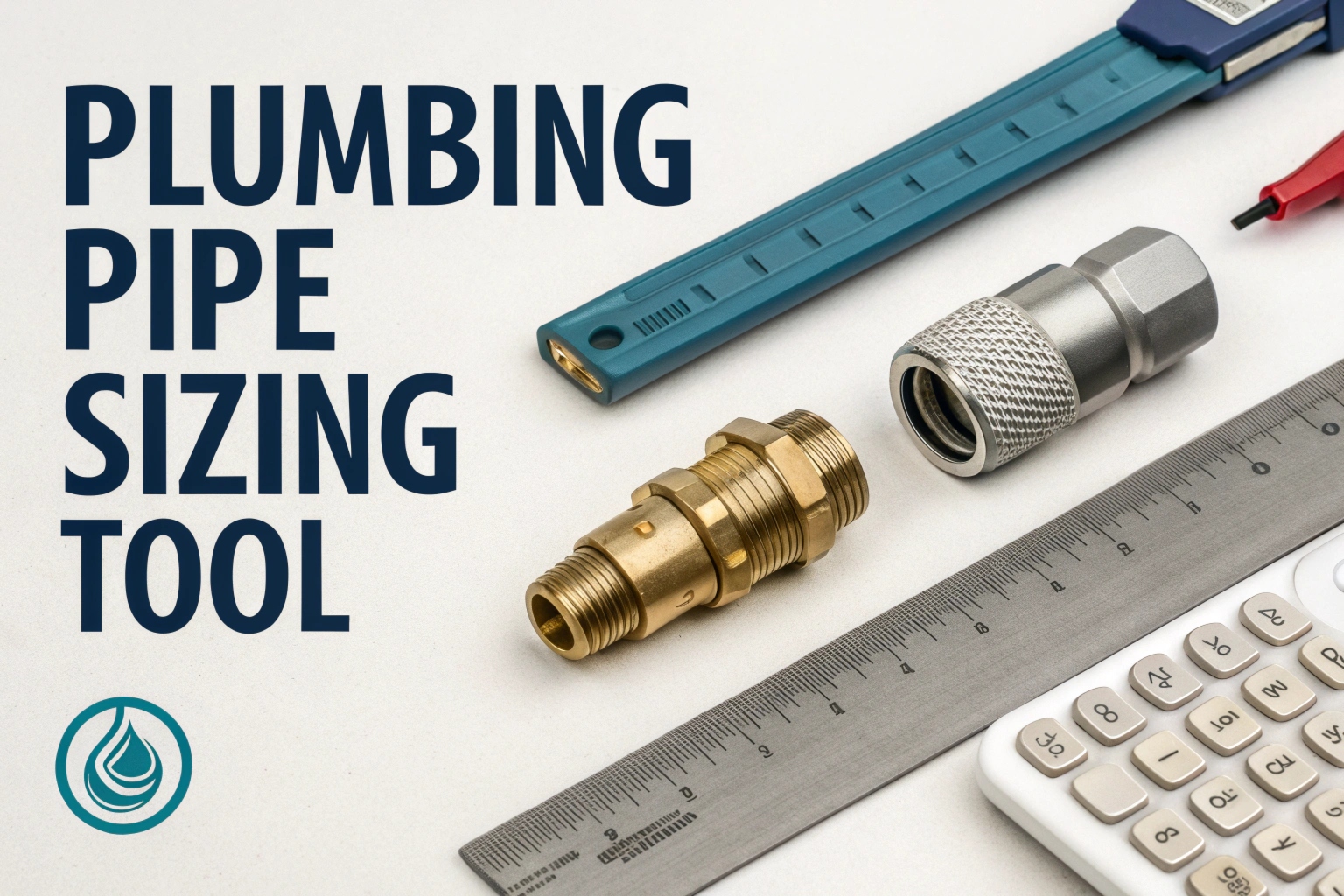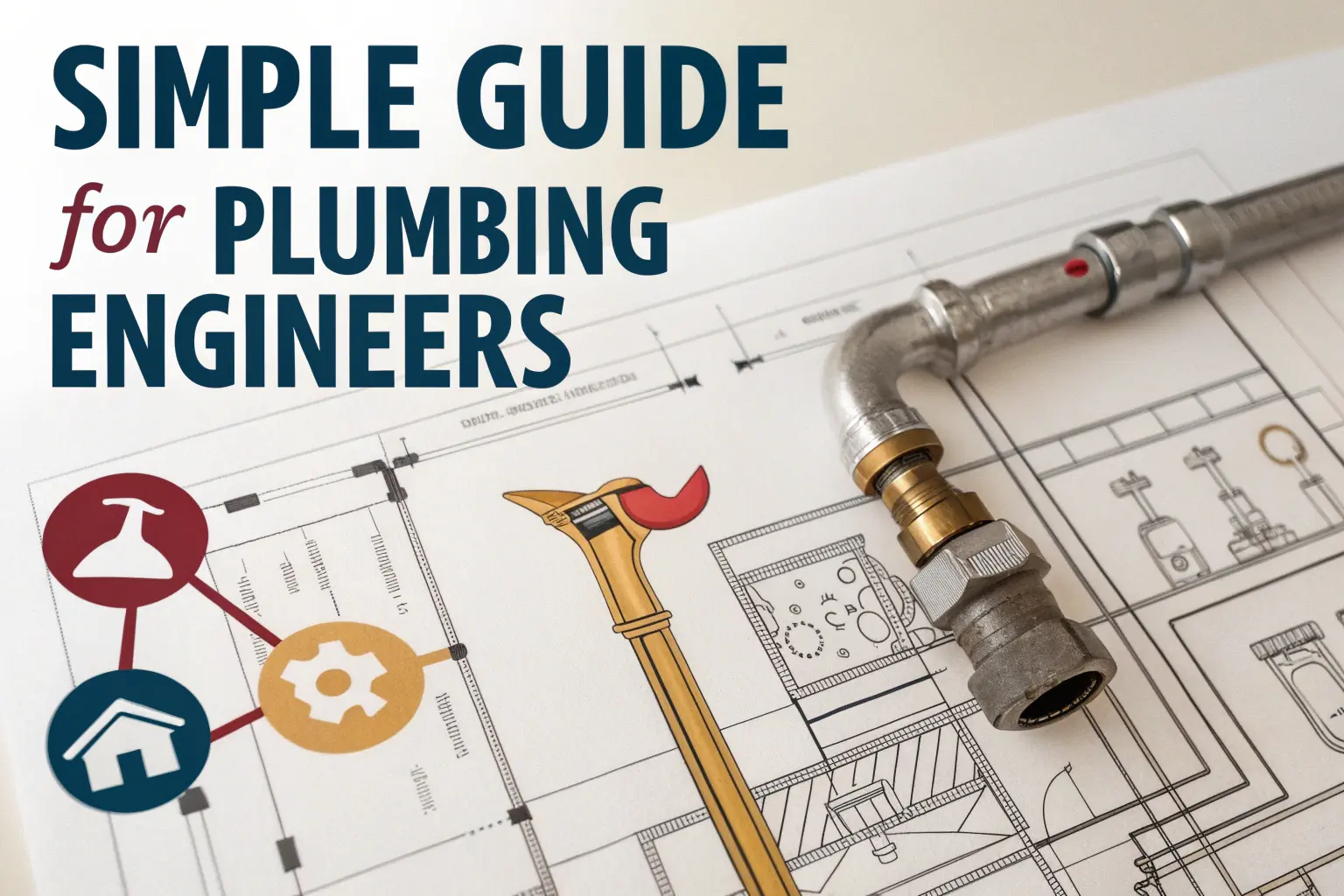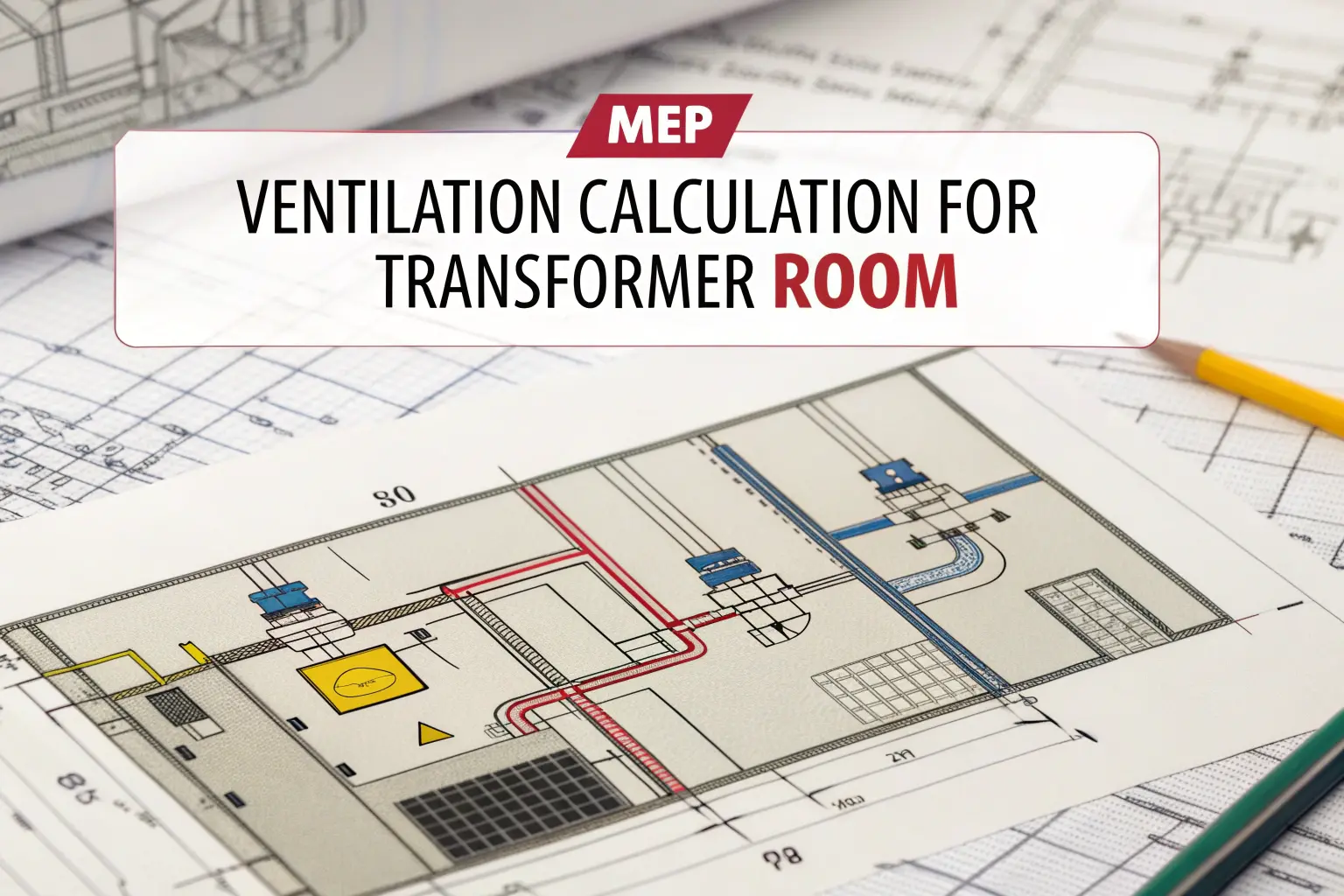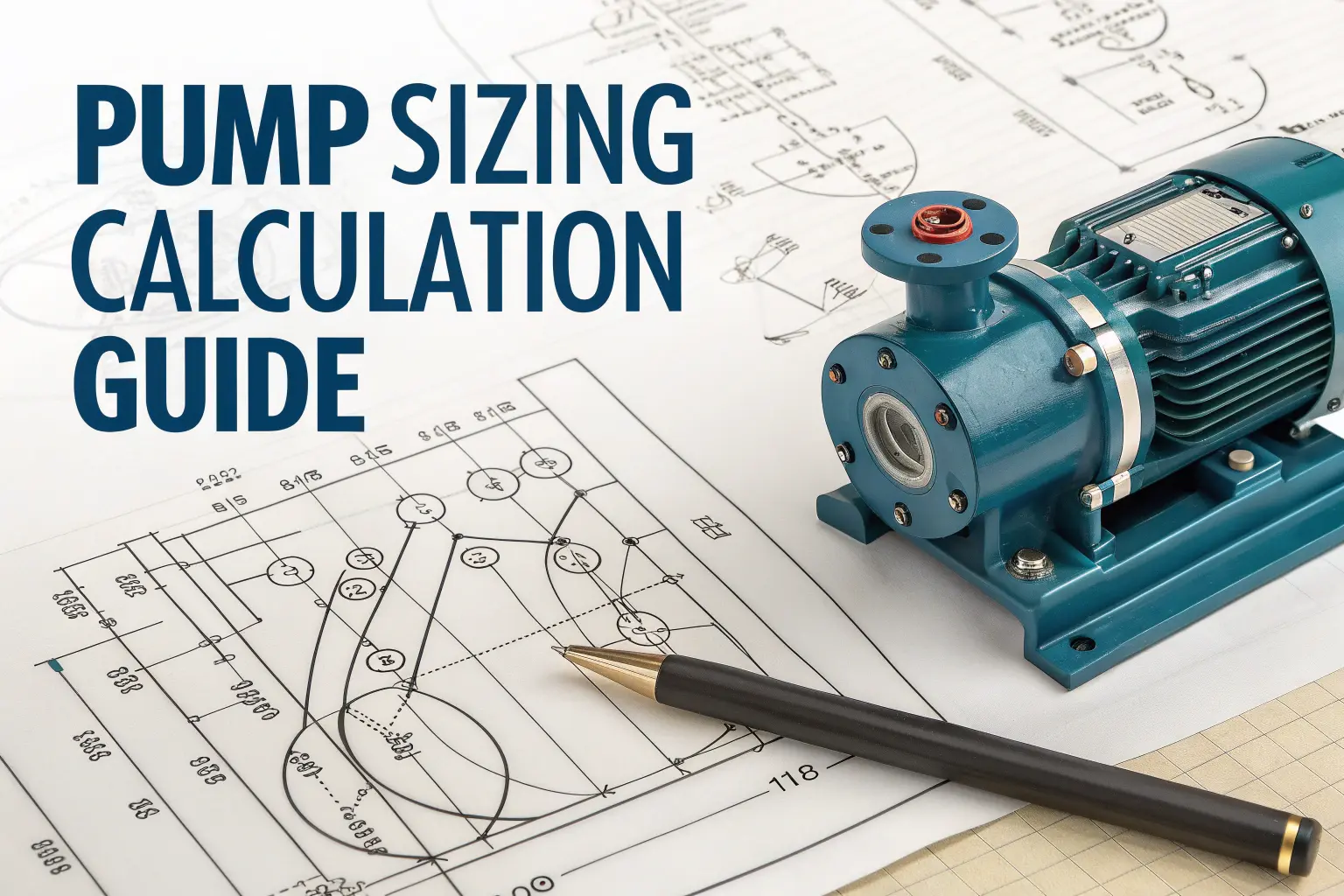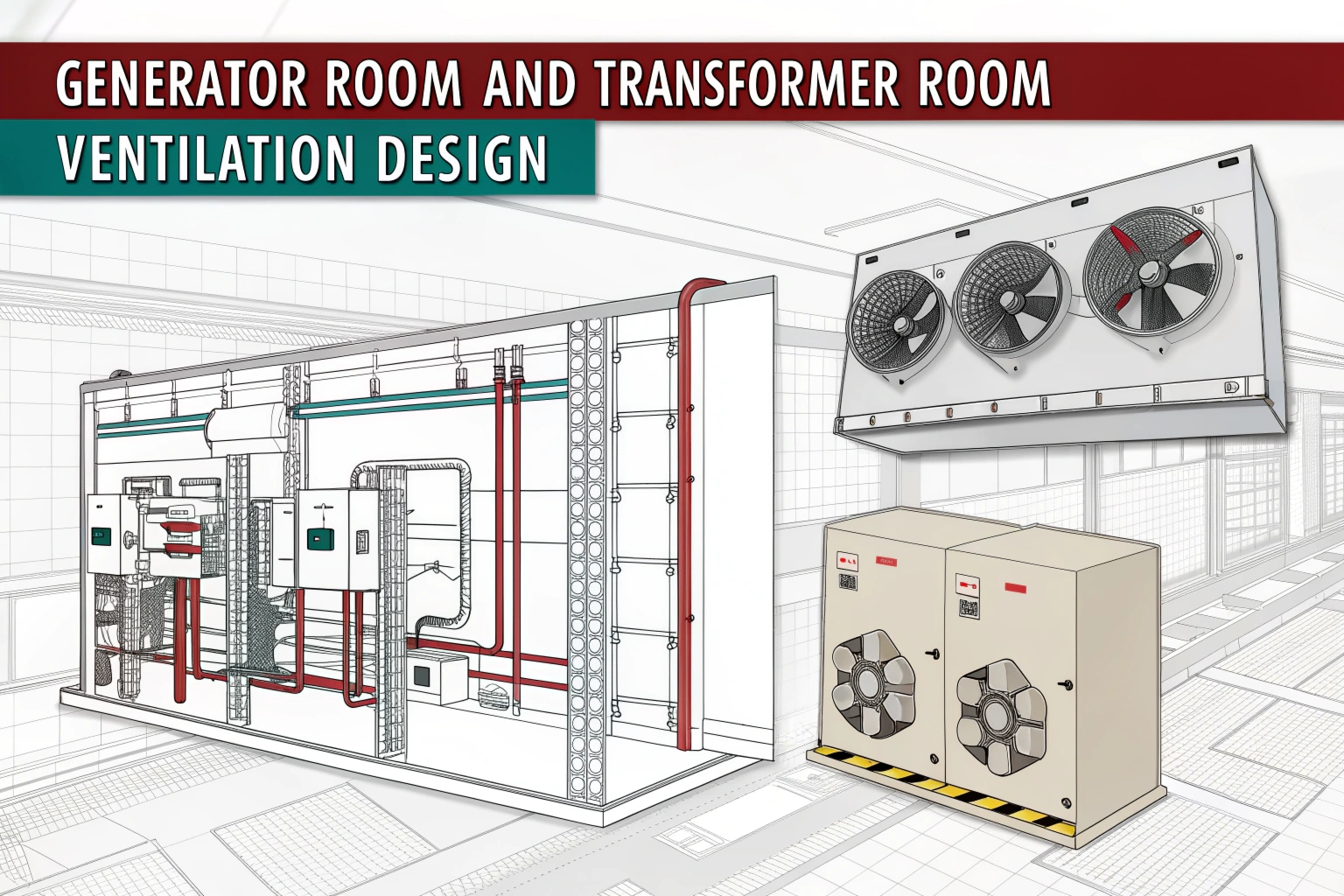What Is an Electric Circuit?
Electric circuits serve as pathways between two points for electric current flow. An electric circuit consists of three fundamental parts: the power source, often used as a battery, and wires that act as a connection, while the device represents things such as bulbs or motors.
All parts successfully connected create electricity flow, which activates the device function. One can understand this as electricity flowing through pipes. The water tank represents the battery, and pipes serve as wires to transmit electricity, while the tap corresponds to the bulb. By connecting all components, the electricity will smoothly flow through and power the light bulb.
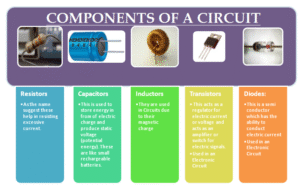
Main Components of an Electric Circuit
Electric circuits require specific fundamental elements, which include power sources, conducting wires, and devices using electricity, as well as controlling switches.
- Power source: Like a battery or power supply
- The circuit uses wires as conductors, which function to transport the current.
- An electric device that operates by using power serves as the load (fan or bulb).
- The circuit control is managed through the switch component.
Any absence of elements or damage to elements within the circuit will prevent it from functioning.
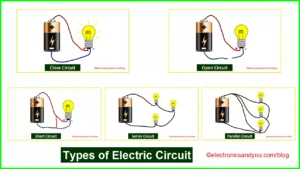
Types of Electric Circuits
There are mainly two types of electric circuits:
- A series circuit features every component being arranged within a single continuous loop. The failure of any one part in the circuit causes the entire operation to halt.
- Devices in parallel circuits follow independent paths between each element. Multiple parallel devices will not affect the operation of unaffected devices.
The previous version of Christmas lights operated through a series circuit design where a single burnt bulb would disrupt the entire light display. The modern lighting technology deploys parallel circuits, which ensure that only one faulty bulb breaks away from operation.
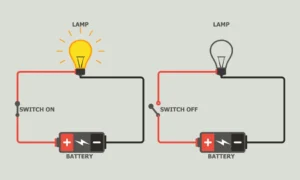
Why Electric Circuits Are Important
The electrical circuits operate as a power source for all products we use, including cell phones and kitchen tools. No electrical devices can operate without these components.
The components serve both educational and technological purposes in fundamental electronics study and operate in educational and professional systems.
Understanding electric circuits provides you with the knowledge needed to handle issues that affect a torch not working and switchboard abnormalities.
How to Make a Simple Electric Circuit
A basic electric circuit functions at home with the combination of three components:
- One battery
- Two wires
- One small bulb
Join a wire from the battery positive terminal to the filament of the bulb while connecting the second wire from the bulb to the negative terminal of the battery. After connection, the electric bulb will start emitting light. A basic circuit works with just three components: a battery and two wires together with a small bulb.
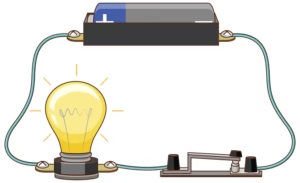
Conclusion
An electric circuit acts as an essential yet fundamental element that powers modern life. The technology that sustains houses together with operating devices depends entirely on circuits.
❓ FAQs About Electric Circuits
- What is an electric circuit in simple words?
An electric circuit functions as a pathway for electric current to operate different devices such as lights and fans. - What are the 3 basic parts of an electric circuit?
Power source, connecting wires, and the load (like a bulb or motor). - What is the difference between series and parallel circuits?
A series circuit maintains a single connection between all elements in sequential order, yet a parallel circuit allows discrete components their individual routes. - Can I make an electric circuit at home?
Yes! To create a fundamental circuit, use wires and a bulb integrated with a battery. - Why do we need electric circuits?
Elaborating from the source, batteries are necessary to run every electronic device, starting from children’s toys as well as televisions.
Expand your knowledge today! Read our next blog post here!

